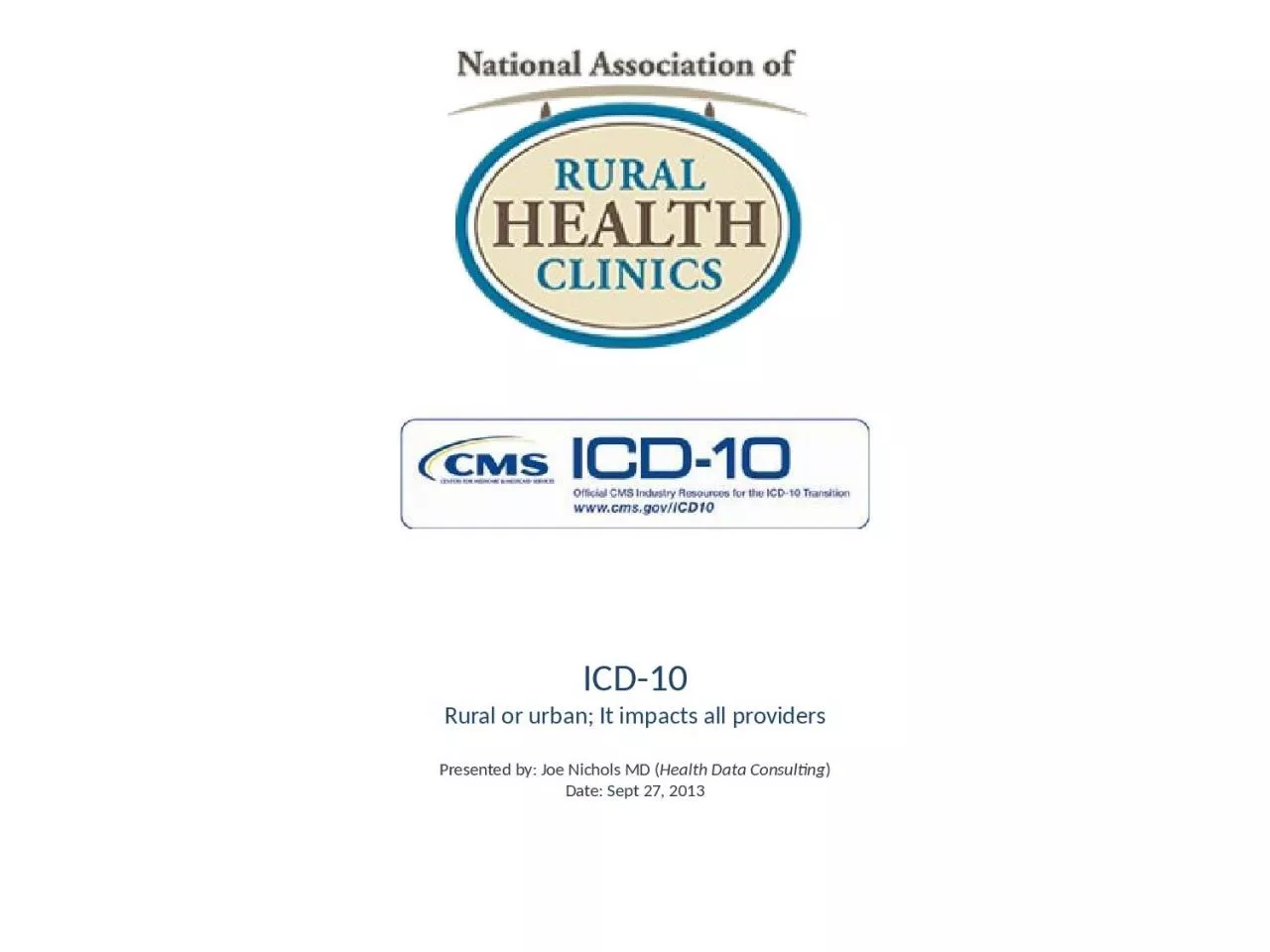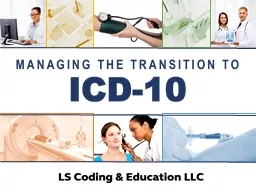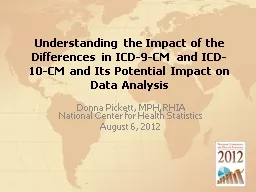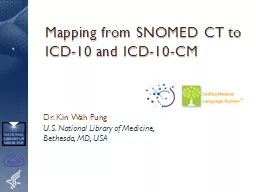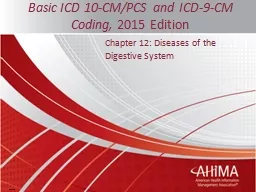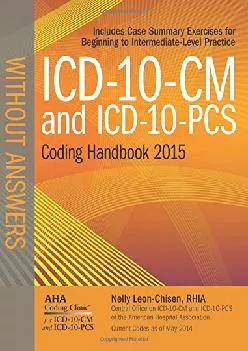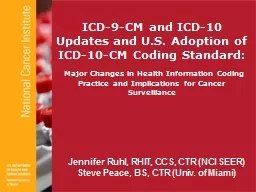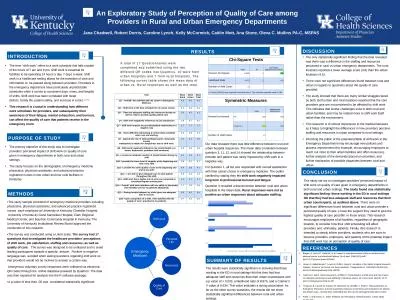PPT-ICD-10 Rural or urban; It impacts all providers
Author : helene | Published Date : 2022-06-07
Presented by Joe Nichols MD Health Data Consulting Date Sept 27 2013 Agenda 2 ICD10 how will it impact my business What is the role of the physician and office
Presentation Embed Code
Download Presentation
Download Presentation The PPT/PDF document "ICD-10 Rural or urban; It impacts all pr..." is the property of its rightful owner. Permission is granted to download and print the materials on this website for personal, non-commercial use only, and to display it on your personal computer provided you do not modify the materials and that you retain all copyright notices contained in the materials. By downloading content from our website, you accept the terms of this agreement.
ICD-10 Rural or urban; It impacts all providers: Transcript
Download Rules Of Document
"ICD-10 Rural or urban; It impacts all providers"The content belongs to its owner. You may download and print it for personal use, without modification, and keep all copyright notices. By downloading, you agree to these terms.
Related Documents

